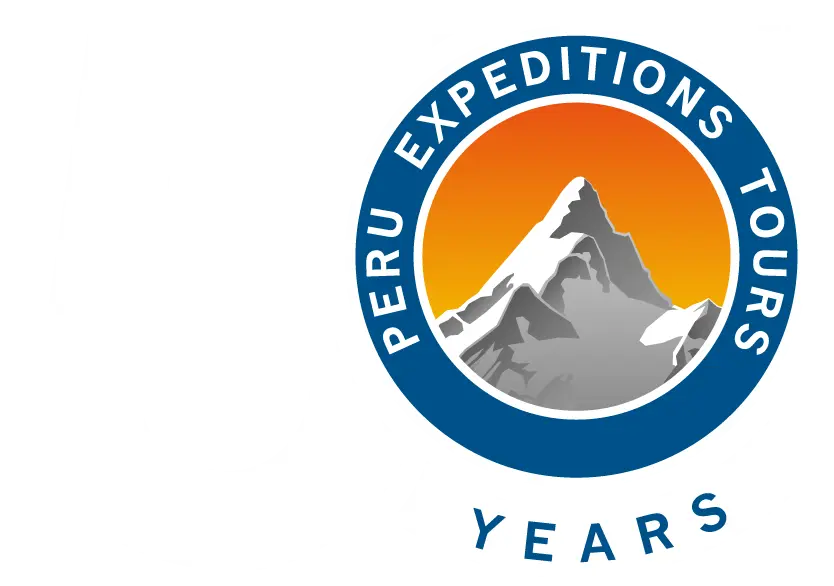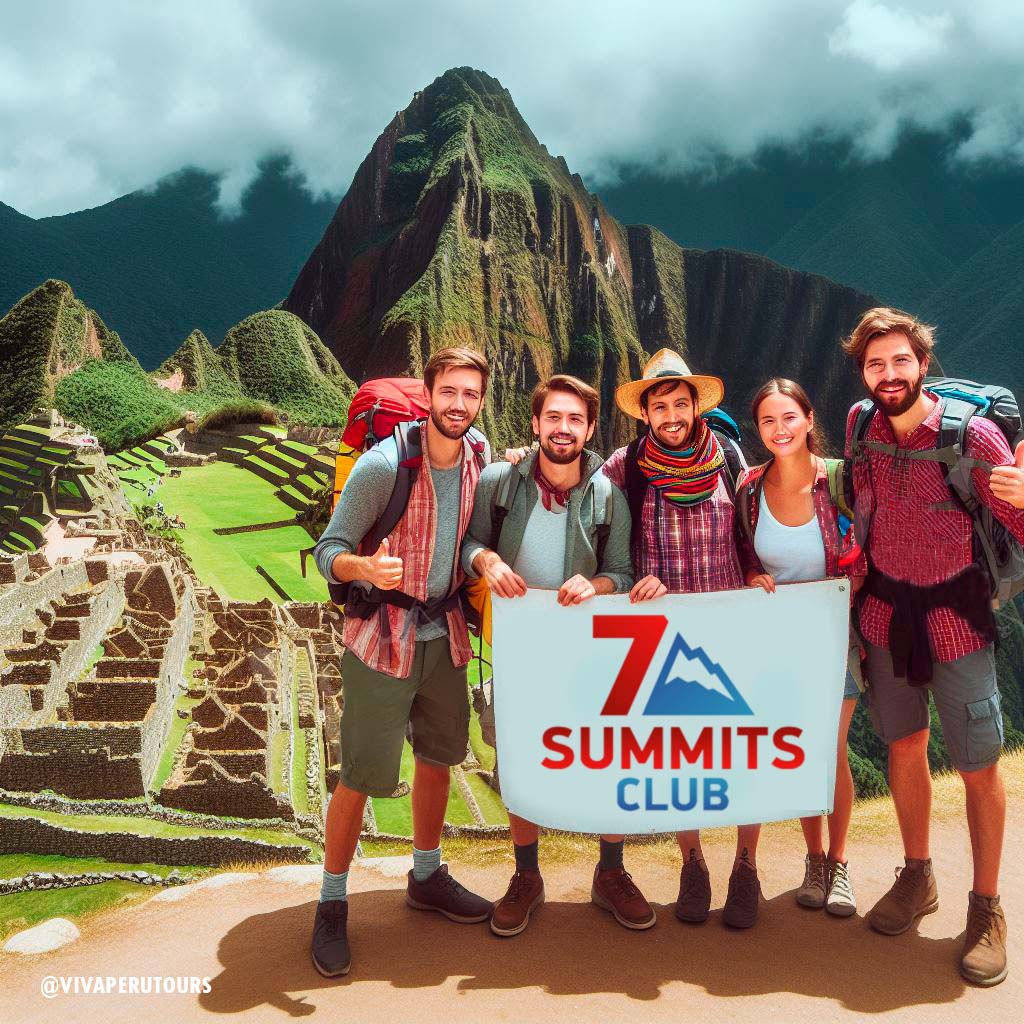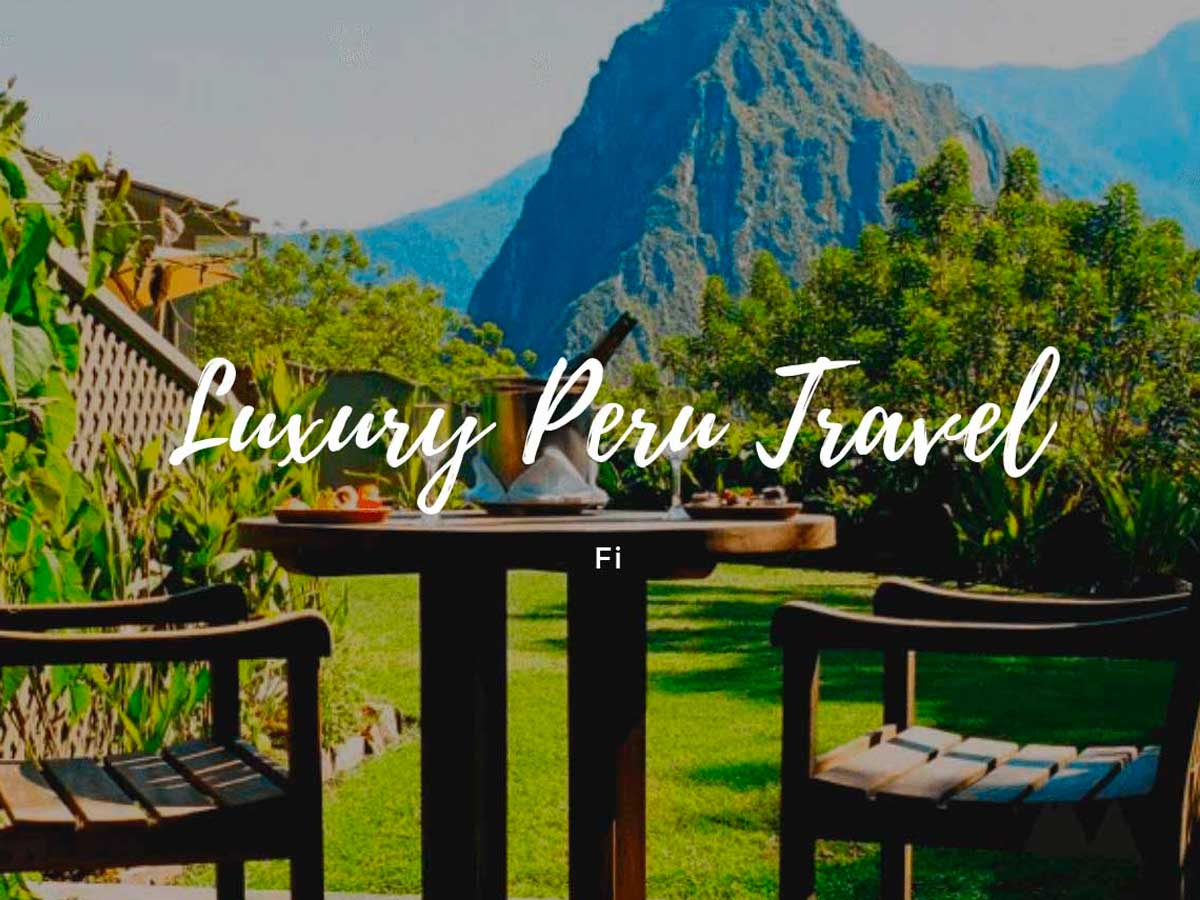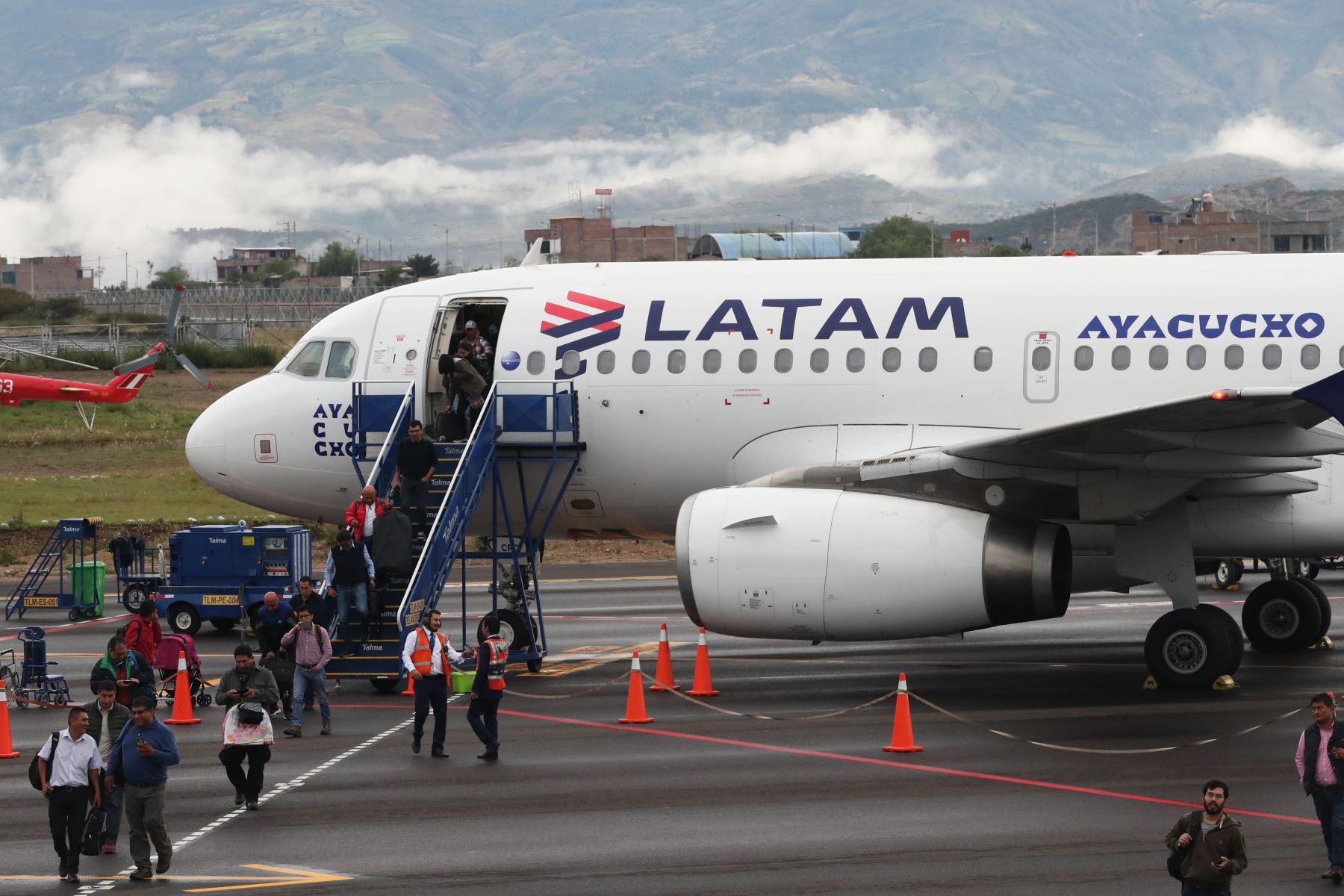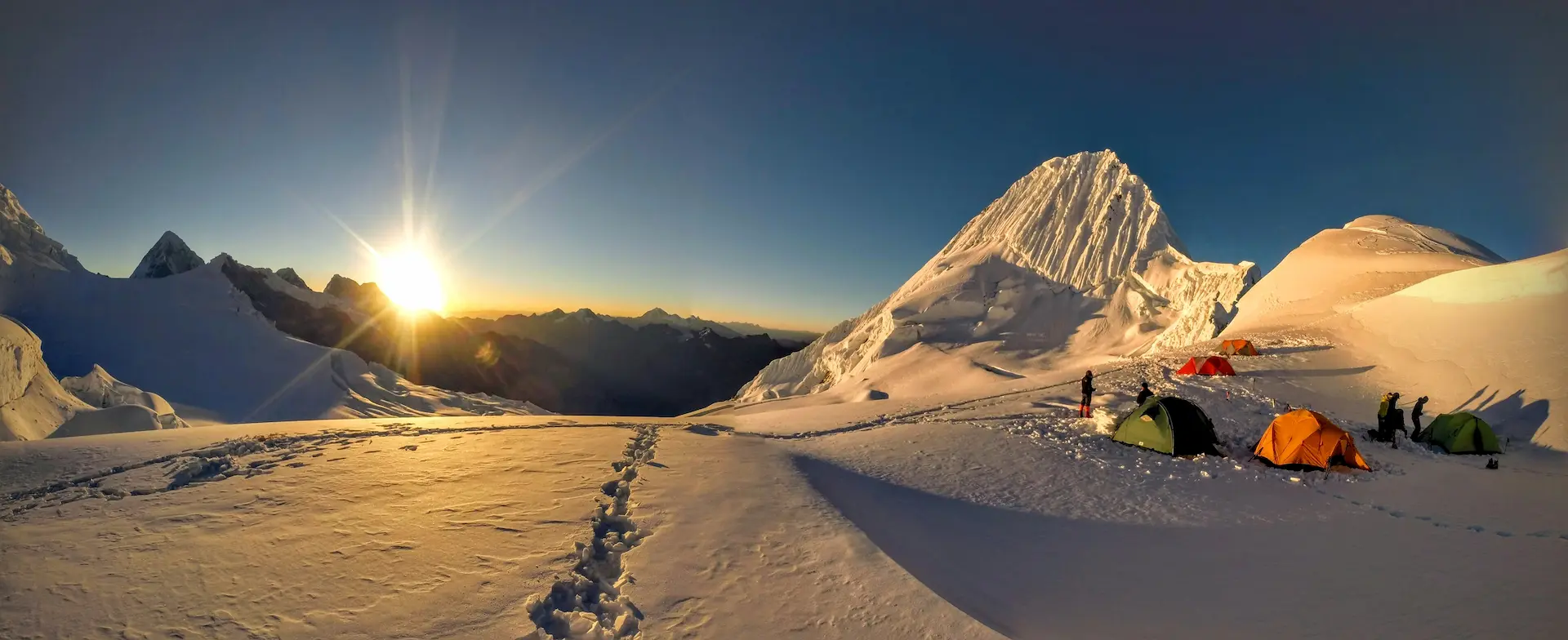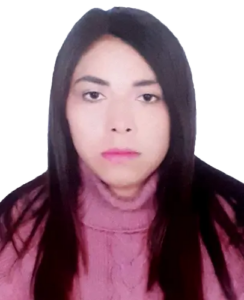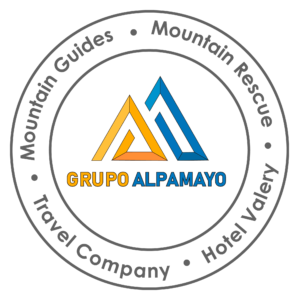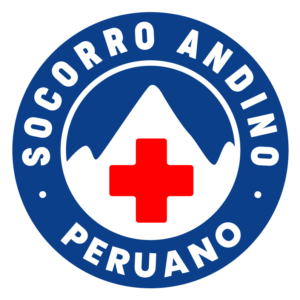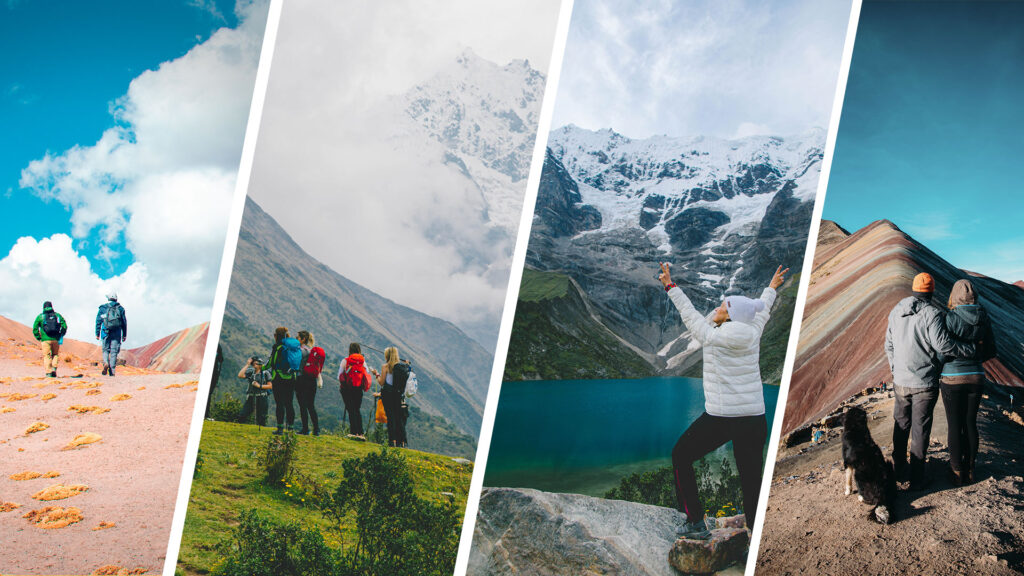
The red river is one of the new tourist attractions of Cusco. It is located to the south, in the famous Vilcanota mountain range (where there is also the mountain of the 7 colors). As its name indicates, the waters of this river turn red during the rainy season (mainly in January, February and March). The rest of the year it is not possible to appreciate this phenomenon. Although there are still few visitors who know this place, it is one of the most amazing landscapes in Cusco.
Location
The red river is approximately 100 kilometers from the city of Cusco. Geographically it is in the Vilcanota mountain range, close to the ‘mountain of the 7 colors’ and the ‘Red Valley of Pitumarca’. Precisely, from the town of Pitumarca you start on foot for 2 or 3 hours until you arrive at the red river. This Andean town is located at 3,570 meters above sea level.
Why is it red?
The phenomenon that produces this peculiar red color is the product of the erosion of the rains that have led to the decline of the red mountains and valleys. The water carries the peculiar red argillites and clays that in turn dye the river, thus generating a unique and colorful spectacle throughout the valley.
Landscape and Nature
The red river is located in a natural environment full of mountains and snow-capped peaks that exceed 4,000 meters above sea level. It is worth noting the imposing presence of Ausangate, the highest snow-capped peak in Cusco and one of the largest in Peru.
Also noteworthy are the crystalline lagoons that are formed by the melting of glaciers. The Amayuni, Singrenacocha, Challpacocha lagoons stand out, and the largest, the Silbinacocha. In these cold places, the Andean straw, the icchu, grows. These immense mountains are home to a few species such as the Andean condor, the fox, the vizcacha and even the Andean puma.
Characteristics of the red river of Peru
The phenomenon that produces this peculiar red tone is the product of the minerals that fall into the riverbed. This is due to the heavy rains that characterize the Peruvian highlands. Thus, the rains have caused the landslide of the mountain and other nearby hills.
The water has washed away the color of the minerals and, accumulated in the river bed. To be a witness of the red river of Peru of nature, it must be taken into account that it has an expiration date. And it only happens in the rainy season. Exactly it would be from November to the first weeks of March. After the Andean summer, the waters once again take on a clear hue.
When is the best time to see the red river?
Because this phenomenon is only produced by the effect of rain erosion, the ideal season to appreciate this attraction is during the summer in the Andes (December – April). In the dry season, the waters once again take on a clear hue.
How to get to the red river Cusco?
Before everything, you have to know that there are two red rivers in the Ausangate mountain range. The first is near the 7-color mountain and the second is on the Palccoyo mountain route.
How to get to the red river of the mountain of 7 colors?
The mountain of 7 colors is located within the territories of the Pitumarca district, and to get to this place it is necessary to take a bus (Cusco-sicuani). These buses leave every 20 minutes from the bus stop on Av. Huayruropata, Cusco. This first section will take us approximately 2 hours, then the trip continues in a collective car to the district of Pitumarca, for about 10 more minutes. Arriving in Pitumarca, he has to hire a car that will take him to the community of Japura. The entire road is unpaved, so you should take your precautions.
Another way to visit this place is by hiring the services of a travel agency, in addition to showing you the mountain of colors on the way back they will make stops at photogenic places so that you can see the red river.
Note: To get to the mountain of colors there are several ways and routes, to make sure you see the Red River, ask your agency to take the Cusco – Pitumarca – Vinicunca route.
How to get to the red river of the Palccoyo mountain?
To get to the red river of Palccoyo, follow the same steps that we described for the red river of the mountain of 7 colors. Only in this case, instead of getting off in the Checacupe district, you will have to go down a few more kilometers later, exactly in the town of Combapata. Travel time to this town is approximately 2 hours and a half. From the town of Combapata you have to take a local transport to the community of Palccoyo where the red river is located.
On the other hand, you could hire the services of a travel agency that mostly includes transportation and food and a professional guide who will make strategic stops to see the Red River.
Can I go on my own?
Yes. The Red River is a tourist destination that can easily be visited on your own. To do this, you must take public transport from the city of Cusco to the town of Pitumarca. The buses can be taken at the bus stop on Huayruropata avenue. The cost of the trip is approximately 3 dollars.
Once in Pitumarca you must take a walk of 2 or 3 hours, depending on your physical capacity. Any resident of the place can give you reference on how to get to the red river. Additionally, you can hire a tour guide as well as typical breakfast and lunch in the same town. For many, going on their own to the ‘Yawar mayu’ is the cheapest option.
Some tips for your visit:
- The red river offers one of the best landscapes of Cusco. Don’t forget to bring a good camera.
- January, February and March is the time of the year where you can appreciate the red river. As it usually rains a lot in those months, take a rain poncho with you as well as waterproof shoes.
- The Vilcanota mountain range has natural geographies that are rarely visited by visitors. Take care of the environment and do not pollute this wonderful place. The red river has waters that are of vital importance for the local inhabitants.
Discover other nearby attractions
The mountain of 7 colors – The famous Vinicunca is the second most visited tourist attraction in Cusco, only after Machu Picchu. The slopes of this summit have a variety of colors that have given it international fame. These are: pink, whitish, red, green, lavender and yellow. To get there you must hike for about 2 hours.
The red valley of Pitumarca – Very close to the red river is the red valley of Pitumarca, whose beauty lies in the reddish slopes that offer an incredible landscape. Just like the river, the constitution of the soil of this attraction is due to the proliferation of minerals. In this case, the red is caused by clay and argillites, formed millions of years ago. The red valley can be visited with an all-inclusive tour or on your own.
The rainbow mountain of Palcoyo – This summit bears some similarities with the Vinicunca although it is still not very visited by tourists. Perhaps the reason is that it does not have such a peculiar coloration. Likewise, Palcoyo offers incredible views. The advantage is that it requires an easier walk, only 1 hour maximum. It is possible to visit this mountain both with a tour and on your own.
The Mountain of 7 Colors
In case you also do not know too much about the famous Mountain of 7 Colors or Rainbow Mountain, we will tell you a little more about this wonder of nature, which, as mentioned, is very close to the red river in Peru. It is located in Vinucua Cusco, in the Vilcanota mountain range. Its colors were produced from the vertical explosion of minerals due to the collision of the terrestrial tectonic plates and each color represents a different mineral.
These natural substances began to form 65 million years ago when water and rain covered their slopes and peaks. With the passing of time, the extreme weather melted the snow that formed there, revealing to the world what is today one of the most important tourist attractions in Cusco.
The rainbow-like appearance of Vinicunca, located near Peru’s Red River, is due to a “complex geological history of marine, lake, and fluvial sediments,” according to a report by the Cultural Landscape Office of Cusco’s Decentralized Directorate of Culture. These sediments, transported by the water that previously covered the area, date from between the Tertiary and Quaternary periods, that is, from about 65 to two million years ago.
Over time, these sediments were deposited, forming layers that today are seen as the stripes that make up this visual spectacle of colors. Due to the effect of the movements of the tectonic plates in the area, these sediments gradually rose until they became the mountains they are today. Over time, they acquired these striking colors as a result of the oxidation of their minerals, exerted by the humidity of the area and their erosion.
The colors of Vinicunca
The great variety of colors that we can see in the wonderful mountain of Vinicunca is the result of mineral erosion that has occurred over time. Next, we explain what materials they have produced that allow us to appreciate this spectacle of colors, unique on Earth.
- Pink color:product of red clay, fangolitas (mud) and arilitas (sand).
- Whitish color, due to the quartz sandstone and marls, rich in calcium carbonate.
- Redfor composed of claystones (iron) and clays belonging to the upper tertiary.
- Greenis due to the compound of phyllites and clays rich in ferromagnesian.
- The earthy brownis the product of a fanglomerate composed of rock with magnesium belonging to the Quaternary era.
- Mustard yellowcolor due to calcareous sandstones rich in sulphide minerals.
Best Tours in Peru
Many are the routes that take you to Machu Picchu, but none is like the Inca Trail Tours, the most famous pedestrian path in the Americas. After flying from the capital of Perú, Lima, you will arrive in Cusco to walk for four days along a path through forests and dense fog, millenary stone steps and discovering the ruins of ancient fortifications and Inca cities, and all the time enjoying majestic views.
- Salcantay Trek Peru
- Palcoyo Mountain Tour
- Cusco to Manu Tour
- Humantay Lake Day Trip
- Huchuy Qosqo Day Hike
- Half Day Cusco City Tour
- Llactapata Inca Trail to Machu Picchu
- Qoyllur Riti Festival
- Apurimac River Rafting
- Vilcabamba Trek to Machu Picchu
- Inti Raymi and Machu Picchu Tour
- Salkantay Inca Trail Combo
- Waqrapukara Peru Full Day Tour
If you want to visit Machu Picchu, we recommend you to book your Machu Picchu Ticketin advance, so you will enjoy your Vacation in Machu Picchuwithout any problem.
